





In 1491, King Nzinga converted to Christianity of his own free will, urging the Kongo nobility and peasant classes to follow suit. To varying degrees, the Kongo kingdom remained Christian for the next 200 years. Scholars continue to dispute the authenticity of Kongolese Christian faith and the degree to which the adoption of a new faith was motivated by political and economic realities. From the time of Nzinga's conversion until the seventeenth century, Kongo leadership engaged in extensive communications with religious and political leaders from Europe, including the pope and other members of the Vatican, who accepted the Kongo church as orthodox.

Related
The Kongo kingdom was one of the largest in sub-Saharan Africa during this period; spanning over 115,000 square miles, it had a highly centralized monarchy as well as a powerful noble class. The urban nobility sustained its luxurious lifestyle through a heavy tax system levied on the rural peasant class. Bulk products from the provinces, including copper, salt, wild animal products (hides and ivory), as well as cloth and later slaves, were traded to the Portuguese. Conversion to Christianity solidified these important trading relationships.
The Kongolese nobility swiftly adopted Christianity for several reasons. The first is that the nature of the centralized government and the hierarchically structured society facilitated the dissemination of information. The translations of Christian doctrine into the local language, KiKongo, was done such that words like spirit, god, and holy were rendered directly equivalent to existing concepts in Kongo cosmology. Missionary documents from the seventeenth century claimed that they had found a people who believed in a single god but did not know his name. This tolerant version of conversion practice differs dramatically from the often violent Spanish equivalent in the Americas, which was based on a principle requiring a "change of heart." In parts of Kongo, Christianity was accepted not as a new religion that would replace the old, but rather as a new syncretic cult that was fully compatible with existing structures.
Portuguese missionaries wrote KiKongo dictionaries and grammars and brought many translations of Portuguese religious texts, thus through the process of ordination a local literate class of priests developed. Afonso I, the Kongo king who reigned from 1506 to 1543, was not only literate but also spoke and wrote in Portuguese, and his son Henrique was sent to Europe to complete his religious training. Afonso's many articulate letters to the Vatican and to Portuguese bishops are some of the most important records of precolonial Africa and the Kongo Christian faith.

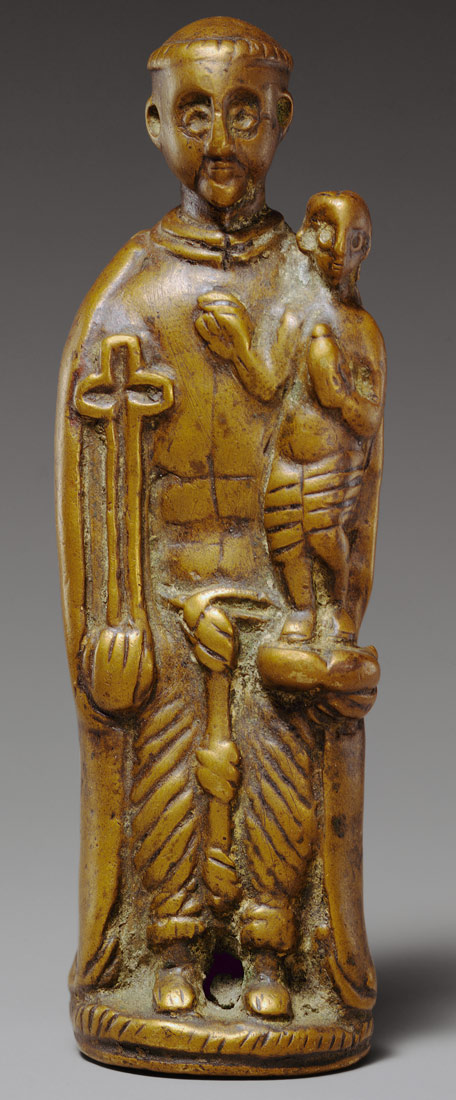
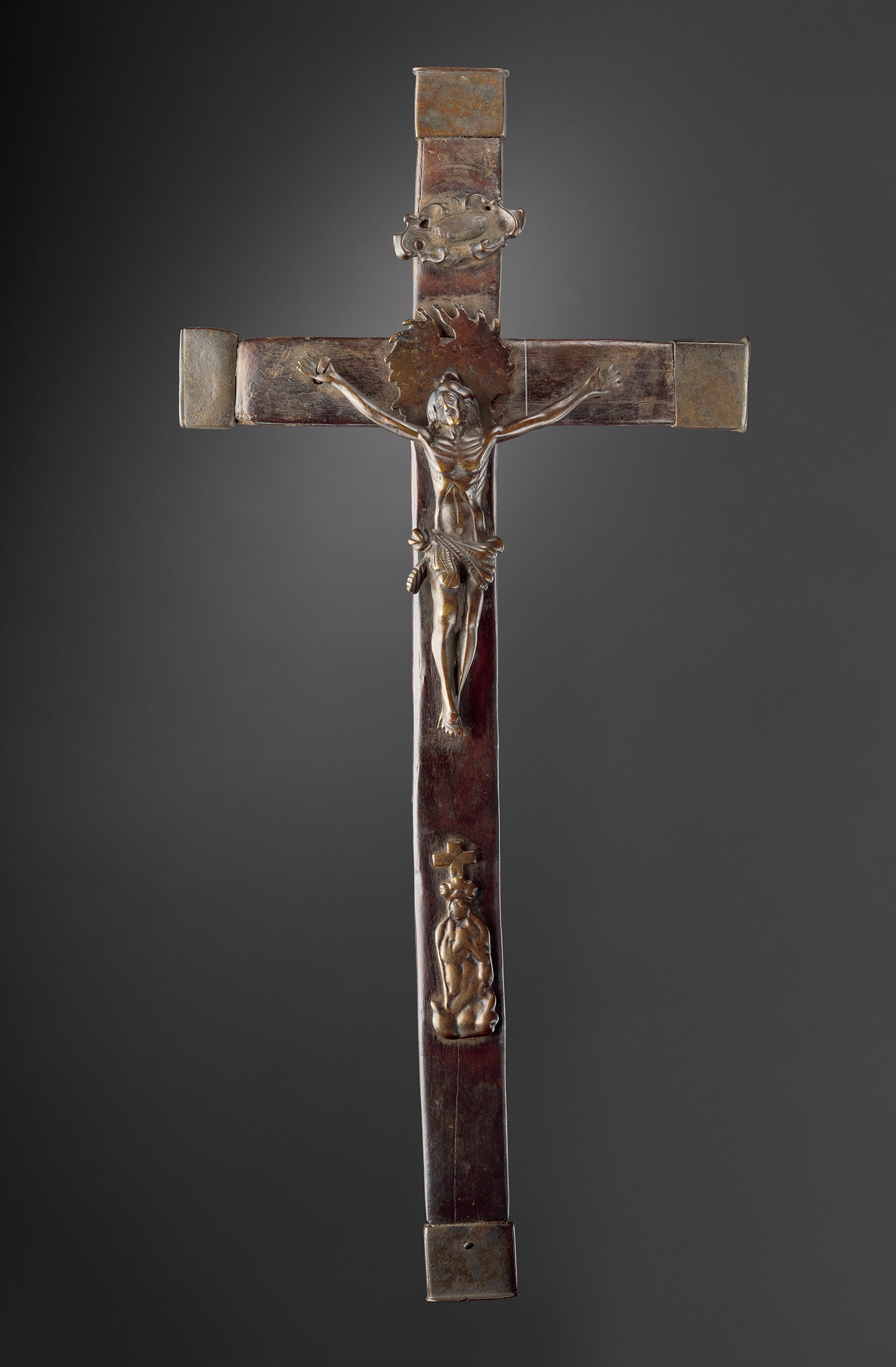
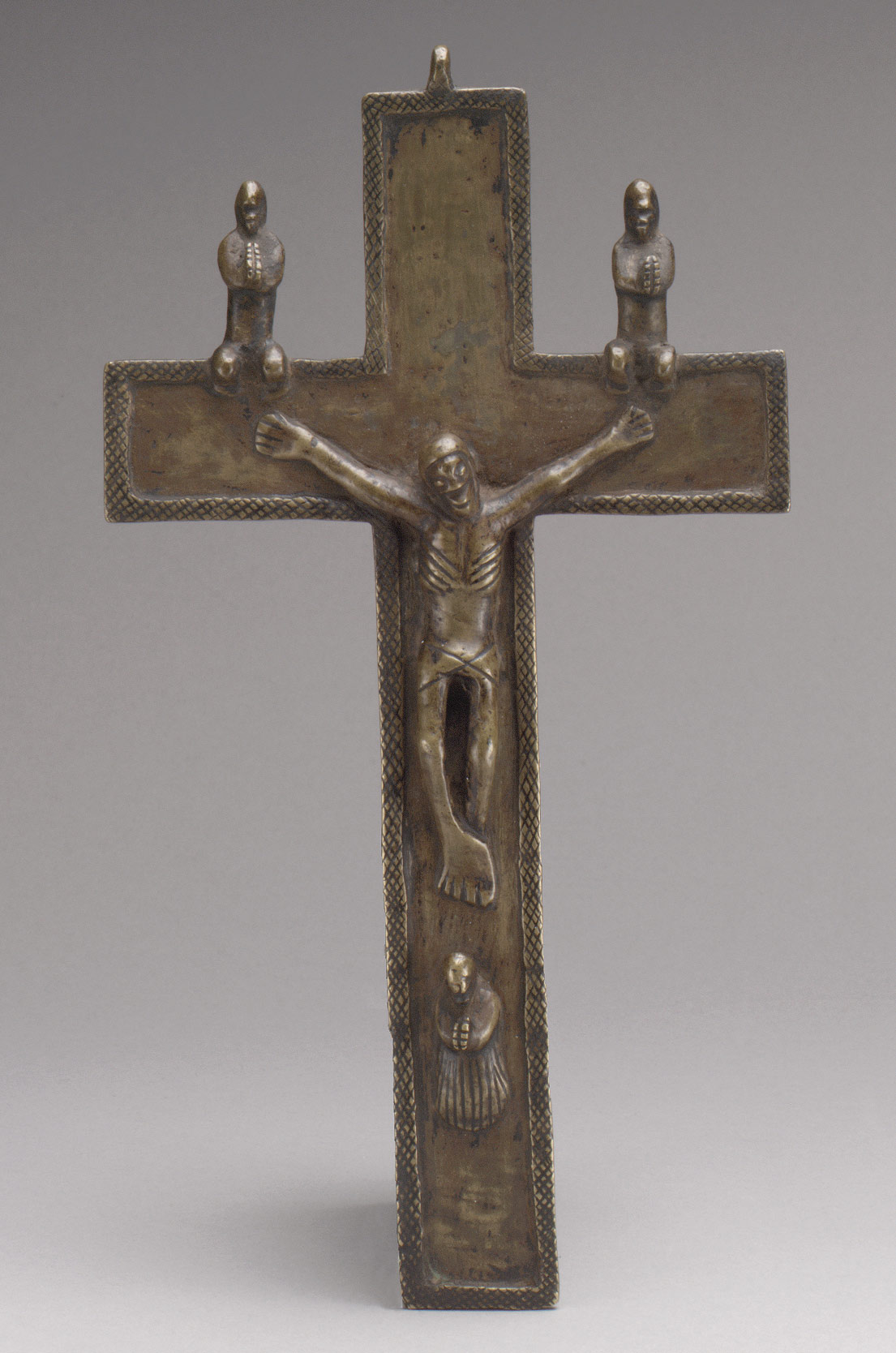
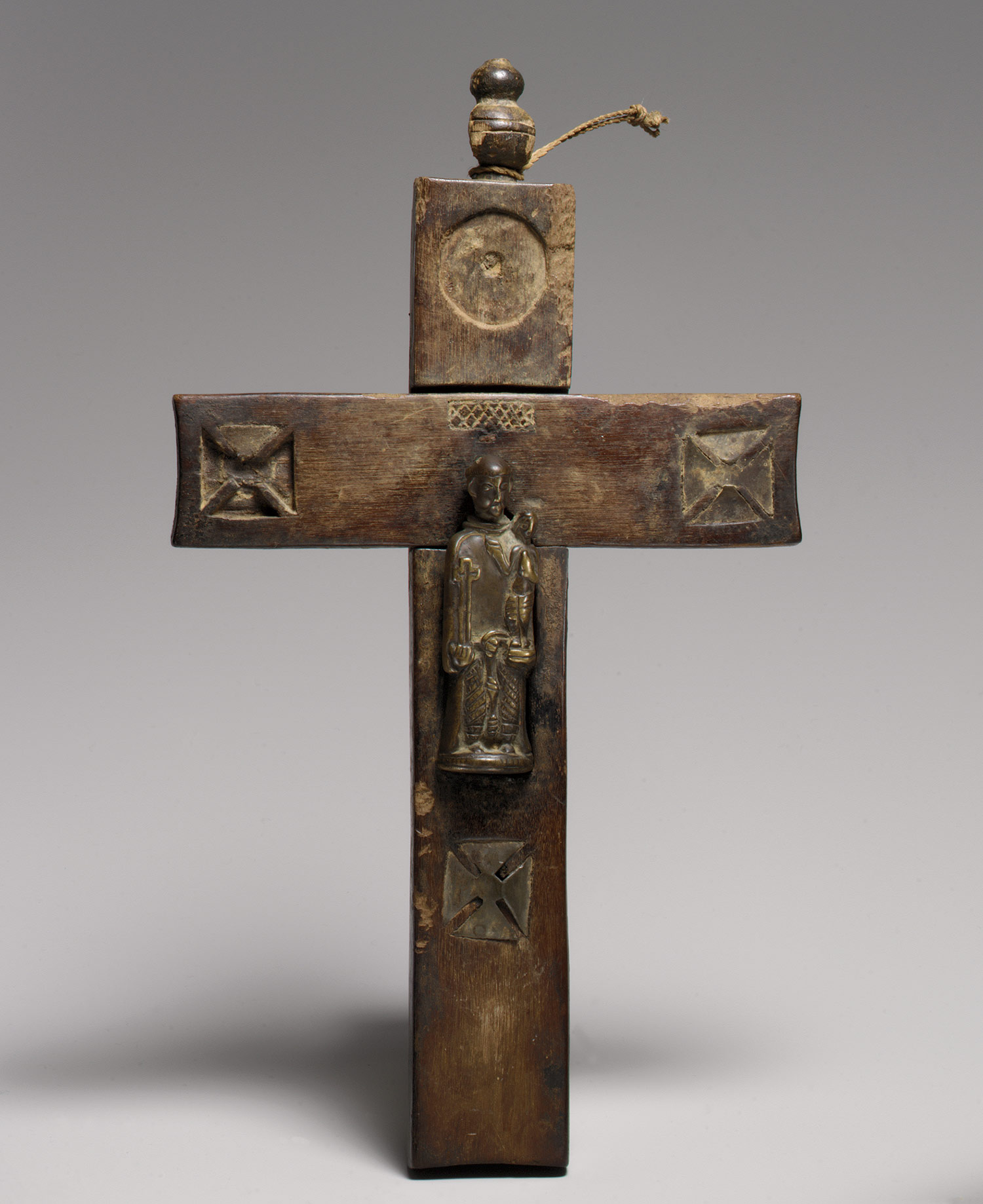
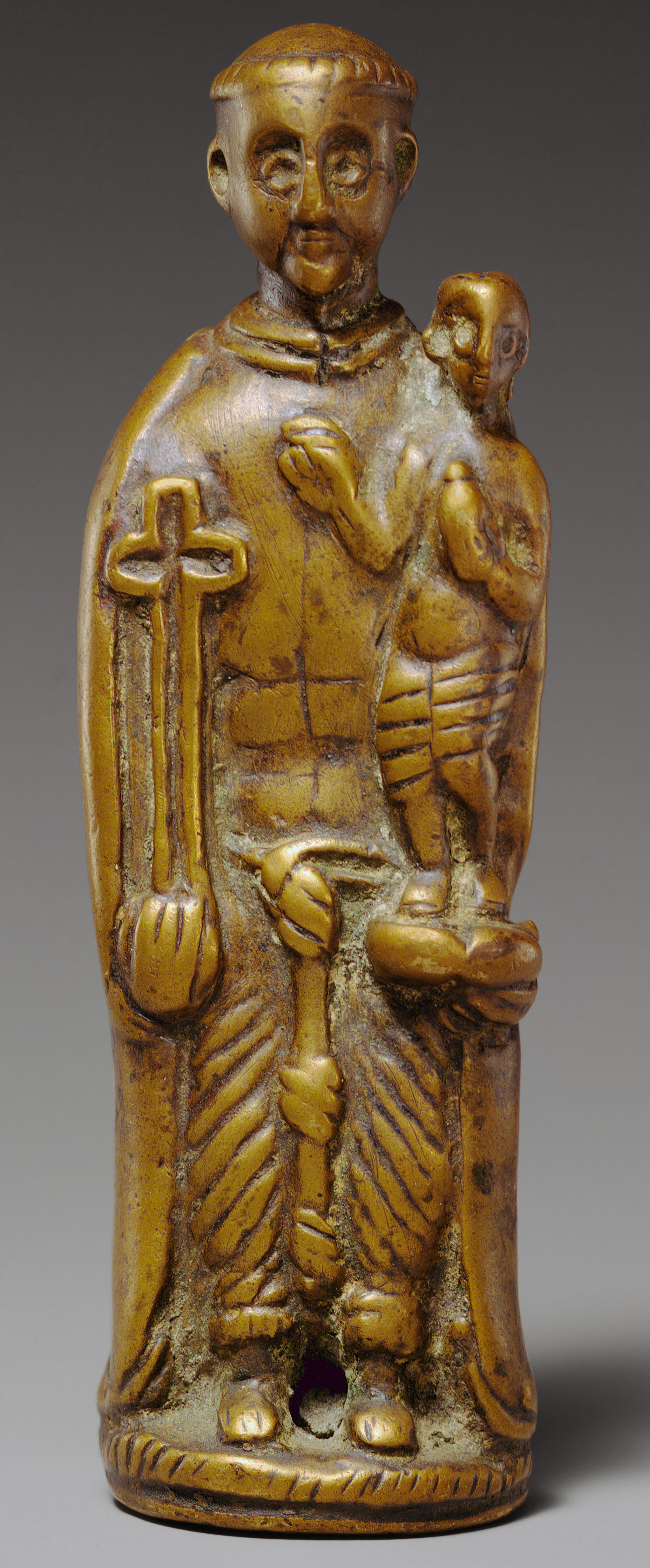
 Timelines (4)
Timelines (4)
No comments:
Post a Comment